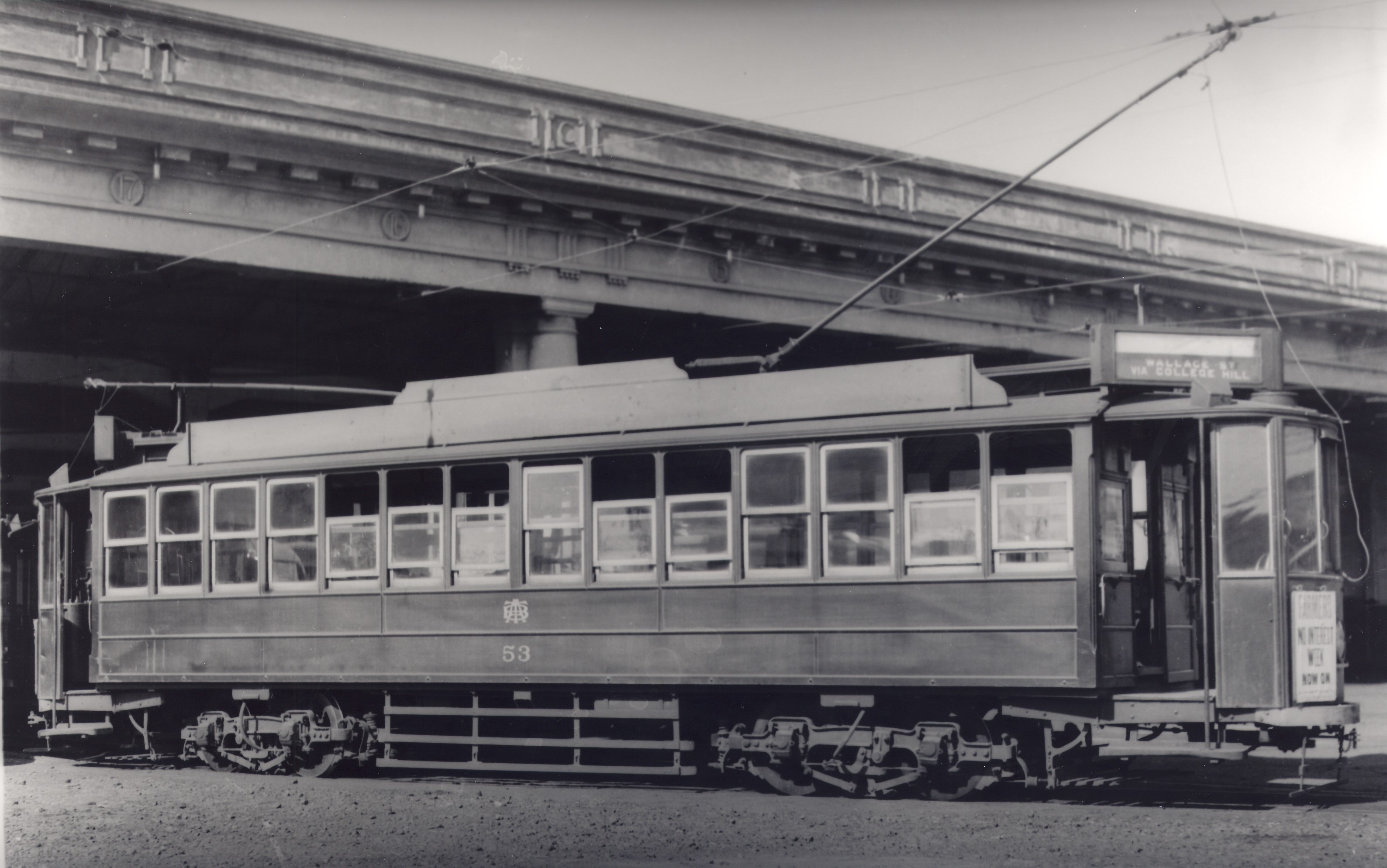Electric Trains in Auckland – here at last!
It’s been a long time coming, and believe me, it wasn’t easy getting there, but Auckland’s new electric trains have now entered service – opening a new era in Auckland’s history. While Wellington’s rail electrification began in the late 1930s and Melbourne’s even earlier in the 1920s, electrifying Auckland rail proved to be much more difficult. It was first proposed in the late 1940s, and then again in the early 1970s (Mayor Robinson’s ‘rapid rail’) but both these projects foundered for lack of government support.
It turned out to be 3rd time lucky. Auckland’s third push for electrification began in the early 2000s. As the chairman of the Auckland Regional Council from 2004-2010 I was involved in a long campaign to persuade first the Labour-led government to grant its support and then, after National came to power in late 2008, starting all over again to persuade them. This was a challenging, sometimes frustrating experience that certainly confirmed Arthur Schopenhauer’s words.
“All truth passes through three stages. First it is ridiculed. Second it is violently opposed. Third it is accepted as being self-evident.”
But we got there. Now looking to the future, Auckland’s new fleet of 57 EMUs (electric multiple units) will be a quantum leap forward for rail commuters, both in performance but also in comfort and design. Built by the Spanish rail company Construcciones Y auxillar de Ferrocarriles (if that’s hard to say, call it ‘CAF”) after a world-wide tender, these trains are more powerful and much faster (maximum speed 110km per hour) than our present diesel fleet – allowing services to run more often and get travellers to their destinations quicker. Each 3-car unit (two motor cars and one trailer car) can carry 375 passengers. The new trains are also more environmentally friendly: energy-efficient, quieter, and produce no air pollution. The central car has level boarding for pushchairs and wheelchairs and room for bikes. Regenerative braking will enable them to recover 20% of the electricity used.
These trains are going to be popular with Aucklanders. As an indication five thousand people got a free ride after the official launch today, Sunday 27 April. The tickets were snapped up in a few hours after they became available early in April.
The first electric trains are now in service on the Onehunga Line (which is also a buzz given the long battle I had to get that line re-opened) and will be progressively put into service after completing their checks at Auckland Transport’s vast new high-tech depot at Wiri. Towards the end of this year they will be in service on the Eastern Line, running from Britomart via Orakei, Glen Innes and Panmure etc., to Manukau. Early next year it will be the turn of the Southern Line: Britomart to Papakura via Newmarket etc., followed by the Western Line, Britomart to Henderson, Swanson and all stations in between. The project is a credit to Auckland Transport who bought the trains and to KiwiRail supported by the government who erected 80kms of wiring, masts, new signalling and a major amount of civil engineering to make it all happen. But many people played a critical role in this historic achievement. As I often said during the long campaign to secure central government support, new electric trains for Auckland will not only change Aucklanders’ attitudes to rail and public transport but also the way we think about our city.
Published in the May issue of Ponsonby News.





Hi Mike,
Many years ago you were able to provide me with documents relating to the then agreement between Tranzrail/Toll and the Government regarding the Auckland Rail Network, for which I was very grateful.
At that time, it was tied up with a very limiting contract which prevented the development of the public transport system to achieve the potential it was capable of.
Over the following years, initially closer to home but now from afar in Australia, I have been following your battles to push through the release from this contract, electrification, and a future public transport solution vision worthy of the people, through both the ARC and central government.
As such, I just wish to congratulate you on your dedication to this cause and hope you are justifiably pleased that your efforts have seen a level of fruition that they stand as your legacy to the people of Auckland.
Regards,
Joseph
Thanks Joseph